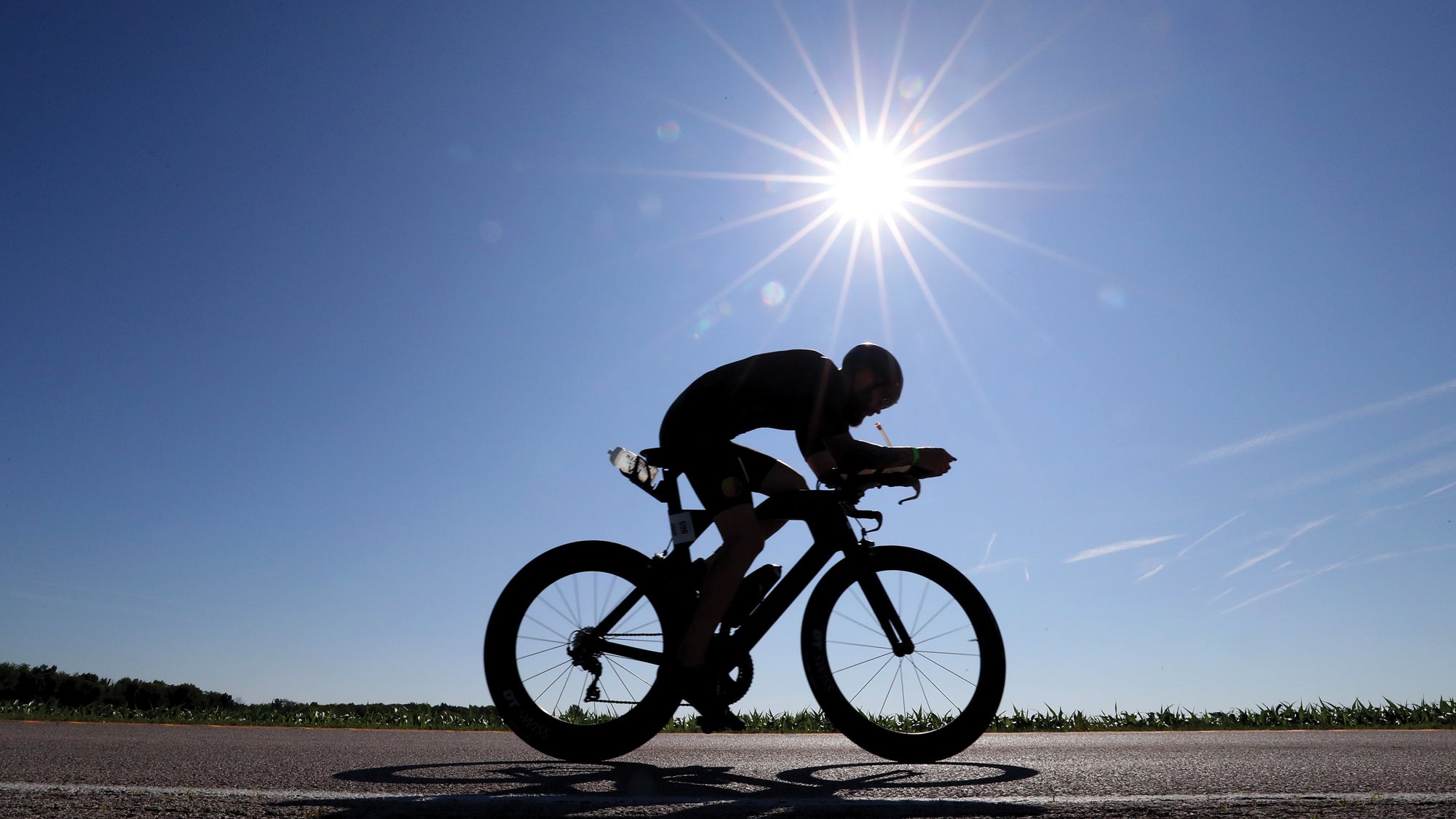Use These Pedal Efficiency Drills to Improve Your Technique

(Photo: Tom Pennington/Getty Images)
Although cycling is less technical than swimming, don’t underestimate the gains you can make from an efficient pedal stroke. The smoother the stroke, the more energy you’ll save—and the faster you’ll become. “[Pedaling technique] is one of the biggest things that has been neglected in cycling,” says former pro cyclist turned triathlon coach Matt Bottrill. On top of having won the national championships in the 100-, 50-, 25-, and 10-mile time trials in the U.K., Bottrill is now coaching pros such as Matt Hanson, Tim Don, Tim O’Donnell, Adam Bowden, Tom Davies, Will Clarke, and Susie Cheetham.
“The biggest misunderstanding is that it’s hard to change it. Obviously the biggest way to be able to do that is doing drills in training,” Bottrill says. “And the reason for developing a good pedal stroke is that you can get more economical and more efficient, which then means you can save energy.”
Bottrill also highlights the importance of a good bike fit in addition to pedal efficiency drills, because a bike fit “always starts from the pedals.” And because triathlon is the combination of three sports, the way you swim or cycle will always impact what comes next. “If you don’t develop good efficiency on the bike, you will end up using the wrong muscles. If you’re using too much of your hamstring and calves, it’s costing you more energy, and you’re more at risk of injuries when you’re off the bike,” Bottrill says. Like the catch, pull, and push phase of swimming, even the pedal stroke should feel like “rolling a barrel,” he says. “People lose the pedal stroke when they come from 9 to 12 o’clock [looking from the chainring side]. That’s where they don’t drive it through. It’s doing drills focusing on this phase that will make triathletes more efficient.”
In order to produce a ‘full’ and smooth pedal stroke, don’t limit your focus to the first phase of the stroke (when you push the pedals down from 12 to 5 o’clock). Keep the downward stroke powerful even in the second phase (from 5 to 6 o’clock). This is the phase where you should try to “scrape the mud from your shoes,’’ as American former cyclist Greg Lemond described it.
Finally, an efficient pedal stroke is also composed of a ‘full’ upward phase. From 6 to 9 o’clock, let the pedal push you upwards without losing power and momentum (feel the first activation of the hip flexor) and then, as Bottrill explains, from 9 to 12 o’clock continue the contraction of the leg muscles as if you were rolling a barrel. Just before 12 o’clock, think of the next push phase in order to transmit power on time.
Bottrill’s Pedal Efficiency Drills
10 min easy warm-up (50-60% FTP), high cadence 85+RPM
12 x 2 min @80-85% FTP, cadence 80-85 RPM with 1 min recovery (50-60% FTP), high cadence.
Focus on pulling back/scraping through the bottom of the pedal stroke on both sides. Try to add a little kick at the top—as if trying to roll a barrel.
5 min easy (50-60% FTP), high cadence
5 min @ sweetspot (87-93 % FTP), cadence 80-85
Scrape through the bottom and “roll the barrel” here. Complete in the aerobars if using your tri bike.
5 min easy recovery (50-60% FTP)